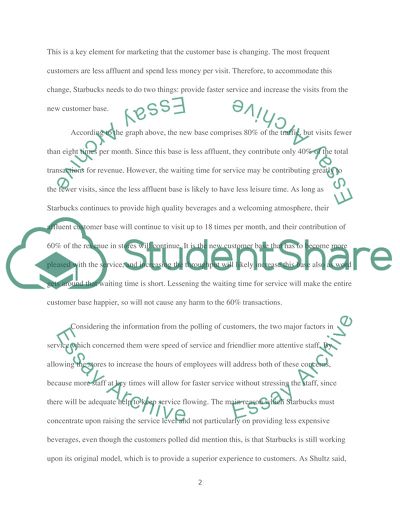Cite this document
(“Service Starbuck's Style Case Study Example | Topics and Well Written Essays - 1500 words”, n.d.)
Service Starbuck's Style Case Study Example | Topics and Well Written Essays - 1500 words. Retrieved from https://studentshare.org/marketing/1562993-literature-review8207-and-starbucks-case-study
Service Starbuck's Style Case Study Example | Topics and Well Written Essays - 1500 words. Retrieved from https://studentshare.org/marketing/1562993-literature-review8207-and-starbucks-case-study
(Service Starbuck'S Style Case Study Example | Topics and Well Written Essays - 1500 Words)
Service Starbuck'S Style Case Study Example | Topics and Well Written Essays - 1500 Words. https://studentshare.org/marketing/1562993-literature-review8207-and-starbucks-case-study.
Service Starbuck'S Style Case Study Example | Topics and Well Written Essays - 1500 Words. https://studentshare.org/marketing/1562993-literature-review8207-and-starbucks-case-study.
“Service Starbuck'S Style Case Study Example | Topics and Well Written Essays - 1500 Words”, n.d. https://studentshare.org/marketing/1562993-literature-review8207-and-starbucks-case-study.


